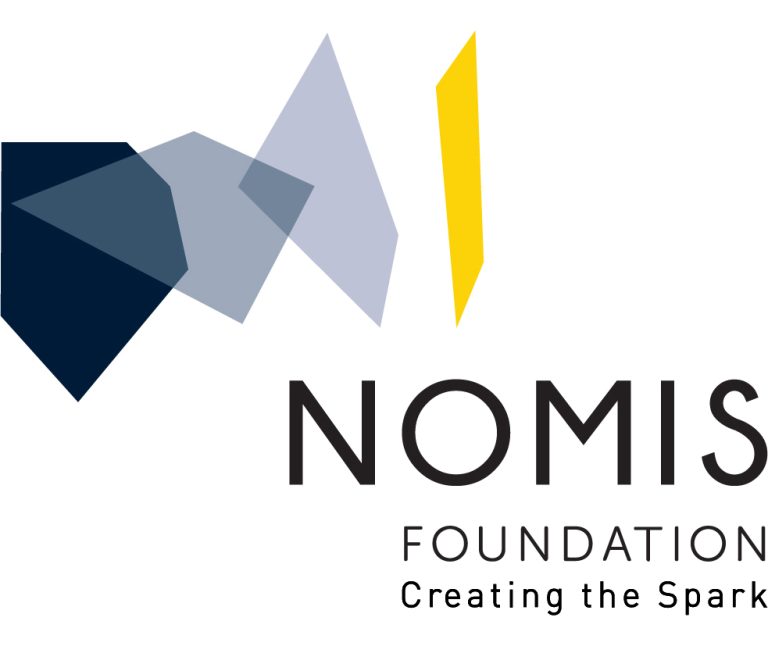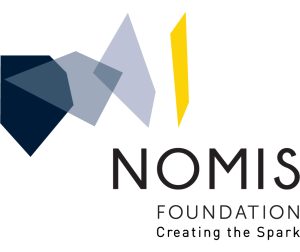Human accelerated regions (HARs) have been implicated in human brain evolution. However, insight into the genes and pathways they control is lacking, hindering the understanding of their function. Here, we identify 2,963 conserved gene targets for 1,590 HARs and their orthologs in human and chimpanzee neural stem cells (NSCs). Conserved gene targets are enriched for neurodevelopmental functions and are overrepresented among differentially expressed genes (DEGs) identified in human NSCs (hNSCs) and chimpanzee NSCs (cNSCs) as well as in human versus non-human primate brains. Species-specific gene targets do not converge on any function and are not enriched among DEGs. HAR targets also show cell-type-specific expression in the human fetal brain, including in outer radial glia, which are linked to cortical expansion. Our findings support that HARs influence brain evolution by altering the expression of ancestral gene targets shared between human and chimpanzee rather than by gaining new targets in human and facilitate hypothesis-directed studies of HAR biology.





